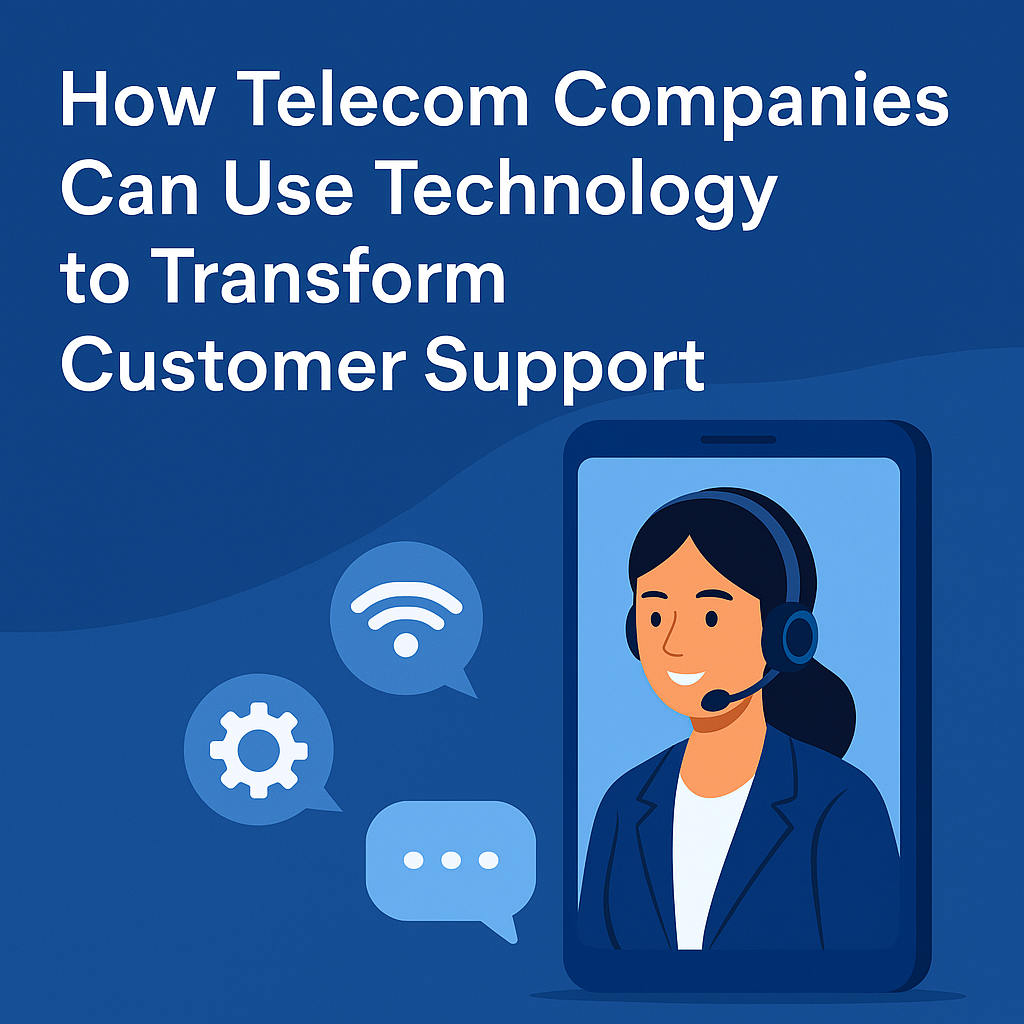Motivating WFH Teams to Adopt Video Calls
During the pandemic, the number of customer issues resolved on first contact dropped from 53 percent to 42 percent. That’s serious. Every time a customer has to wait for their problem to be solved, you’re losing money and trust.
Video call technology can help resolve customer problems faster and get back on track. But turning on the camera means dressing for the camera, and your work-from-home teams are more than happy to let their business wardrobe collect dust.
So what’s the best way to get your care agents on board with video calls? In this article, we’ll offer some strategies to motivate your workforce. But first, a quick look at why video calls are essential for your business.
Background: Why Your Customer Care Center Needs Video Calls
Video calls provide the kind of critical face-to-face interactions that emotionally link humans to each other.
When we can see another person’s face, we feel a personal connection to them, even on a screen. We call that sensation “visual empathy.”
That connection – or lack of it – can be the difference between your care agents resolving problems on a single call and them opting for a more expensive solution like an equipment return or truck roll.
If your care agents can connect with your customers, they’ll notice reduced friction on their calls. When people on both ends of the line are calm, everyone can focus on the main goal: fixing the customer’s problem efficiently.
And, of course, faster issue resolution means lower costs.
Show Your Employees How Video Calls Can Benefit Them
The business benefits of video calls in customer care centers are clear. So how can managers get employees on board with the technology? Focus on showing teams the benefits video calls offer.
According to recent CallMiner research, nearly 70 percent of customers reported showing more empathy toward the care agents they spoke to. But that same report noted that only 20 percent of respondents felt that care agents did “exceptionally well” at forging connections.
Meanwhile, more than 50 percent of customers ranked empathy as something they value when speaking with customer care agents.
The takeaway: call center leaders should do everything they can to help their teams practice empathy when speaking to customers.
Enter video calls. The visual empathy they enable helps customers feel cared for. That personal connection will minimize tensions and maximize focus. And if first-call resolution is one of your KPIs, those connections can translate into a useful performance bump for your employees.
In fact, why not make first-call resolution your main KPI? Troubleshooting over video might mean more time on the phone, but if your agents know they won’t be penalized for higher AHTs, they’ll strive for quality calls that save you money. Your agents, your customers, and your company will see the benefits.
Beyond the hard numbers, though, video calls can make work more pleasant for your team. A culture of empathy means fewer angry people on the phone. That makes for a healthier and less stressful work environment – a win for everyone.
Be Flexible about Dress Code
Even with the big-picture understanding that video calls may make their lives easier, many customer care agents may be skeptical about the technology. After all, having the camera on means dressing for the camera.
For many folks, WFH has meant working in comfort – about 60 percent of Americans working from home are in loungewear, and 17 percent don’t even change out of their pajamas.
The good news is that you can introduce video calls without sacrificing either professionalism or your WFH teams’ relaxed work environment.
For example, consider striking a balance by insisting only on professional tops. This compromise will keep your care agents from feeling like they’re back in the office.
Invest in Adoption with Incentives
Even if most of your team is on board with video calls, you’ll almost certainly have a few who are less enthusiastic. Managed poorly, this group can hurt adoption for the whole team. That’s where adoption incentives come in.
Call center managers can offer weekly prizes for top performers, reward every video call with an entry into a raffle, or tie bonuses to certain usage levels.
Non-financial recognition – anything that’s not straight cash – can make employees 55 percent more engaged, according to recent McKinsey research. This finding shouldn’t surprise anyone familiar with basic brain chemistry. When we receive rewards, our brains release dopamine, the chemical associated with happiness.
The goal for introducing video call technology, then, should be to replace the frustration of learning a new technology – and having to wear shirts with buttons again – with the dopamine bump from getting a reward.
These extra nudges should help reluctant employees to clear the hurdle of adoption so that the whole team can see how much better their lives are with video calls.
Make Video Calls the Default in Your Organization
We’ve talked a lot about how to get your employees on camera with your customers. But your employees may need to see your face, too. Normalizing video communication throughout your company can make it easier for your employees to adjust to customer-facing video calls.
Try using the principles of visual empathy to help your employees feel seen and understood. Consider using video calls in team meetings (and encourage folks to keep their cameras on). Add daily or weekly video check-ins to cement the habit.
This kind of video communication with your employees can reinforce the value of video calls. If your employees see firsthand how video helps them communicate better with you and their coworkers, they’ll be more motivated to forge that bond with customers.
Make Blitzz Your Video Call Platform
Your employees might be slow to embrace video call technology, but the software setup will be simple when you choose Blitzz as your platform. In just minutes, your team can be using Blitzz Concierge to enable remote video assistance and build connections with customers.
Get in touch with us to schedule a demo.



